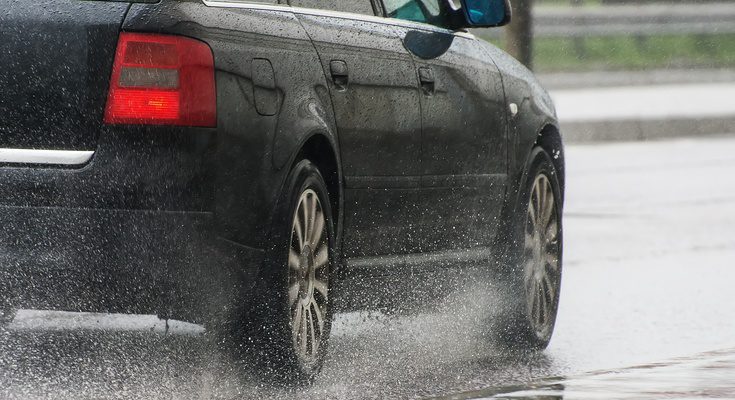When it comes to protecting your vehicle, most drivers think about avoiding dings in parking lots or keeping up with routine maintenance. However, many of the biggest threats to your car come straight from the great outdoors. Nature can wreak havoc on your vehicle in unexpected ways, affecting its appearance, performance, and lifespan. Buckle up as we explore the natural elements that could be causing more harm to your car than you’ve probably noticed.
Sun Exposure
A sunny day might be great for a road trip, but it’s not so kind to your car. Those golden rays can cause the paint on your vehicle to fade and crack over time. UV exposure leads to oxidation, making your once-shiny ride look dull and worn out. It’s not just about aesthetics either. Heat from the sun can wreak havoc on your car’s interior, causing dashboards to warp or crack and leather seats to dry out and crack.
If left unprotected during long periods of exposure, your car could start showing signs of wear that are expensive to fix. Parking in the shade or investing in a windshield sun shield can help protect your car’s best looks from the sun.
Rain
Rain might seem harmless, especially if it gives your car a quick rinse, but don’t be fooled. Over time, rainwater can mix with dirt and grime, creating a buildup that causes small scratches on your car’s exterior. Worse, water tends to sneak into tiny crevices, and if those areas aren’t dried out properly, rust begins to form.
Given enough time, corrosion can damage the structural integrity of your vehicle, making minor issues much bigger ones down the road. Not every rainstorm demands urgent action, but regularly washing and drying your vehicle can help keep rust from setting in.
Snow and Ice
Winter might be magical, but snow and ice are harsh on your car. Salt used on roads to melt ice doesn’t just stick to your undercarriage; it relentlessly corrodes exposed metal surfaces. The weight of ice on your windshield wipers or car windows can also strain mechanical parts. And don’t even get started on chunks of frozen snow that can scratch your paint when scraped off without care.
Tackling snow and ice damage means extra attention during winter months. Rinse off that road salt regularly, and use soft tools specifically designed for de-icing automotive surfaces.
Tree Sap, Bird Droppings, and Pollen
Parking under a tree might seem like a clever way to keep your car cool, but what falls from them can be costly. Tree sap is notoriously difficult to remove and bonds with your car’s paint, leaving stains or even peeling the clear coat if left too long. Bird droppings are acidic and can etch into the paint, creating unsightly blemishes.
And here’s a surprise you might not expect: pollen is worse for your vehicle than you realize. The tiny particles can stick to your car’s exterior, acting like fine sandpaper when you try to wipe them away, not to mention how much they love clogging air filters. A proactive cleaning routine can help you stay one step ahead of these natural “invaders.”
Protecting Your Vehicle from Nature
Your vehicle faces a relentless battle against nature every single day. Between the blazing sun, relentless rain, icy winters, and what falls from stubborn trees, keeping it in top shape requires consistent care. Regular cleaning, making informed parking choices, and performing preventative maintenance can significantly extend the life of your vehicle. Nature might not be on your car’s side, but with a little care, you’ve got what it takes to fight back and keep rolling in style.



